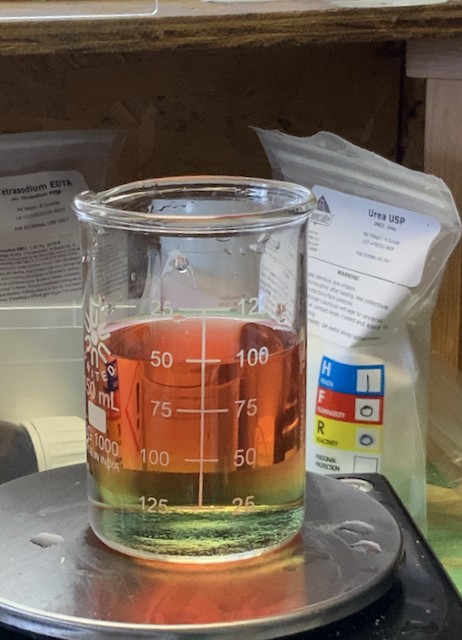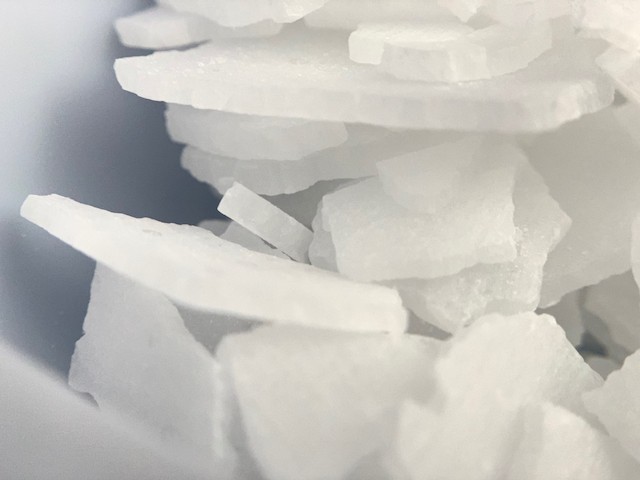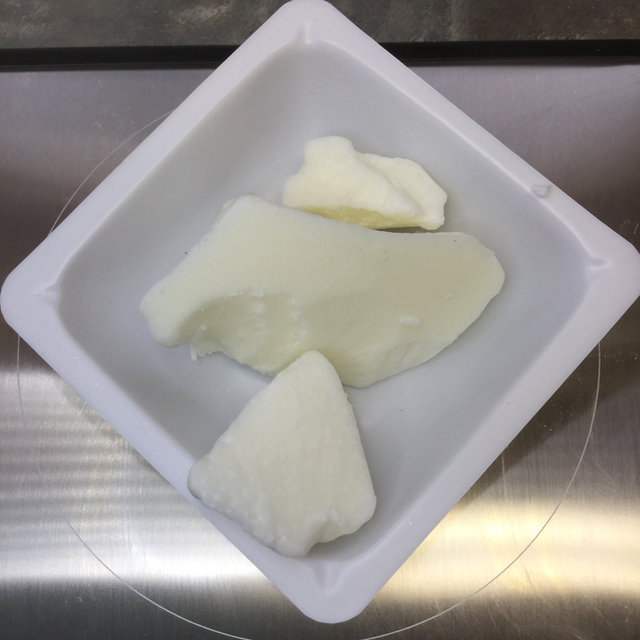Acids, bases, and pH – oh my! Part 10: A short video about altering the pH of our products
We had great fun in the workshop making a bunch of little videos about pH, pH indicators, adjusting, testing, and everything else to do with this topic. Here’s a little 2 minute video we made showing how phenolphthalein behaves when we add an acid and reduce the pH. We took a look at pH indicators...




